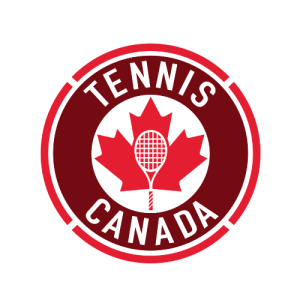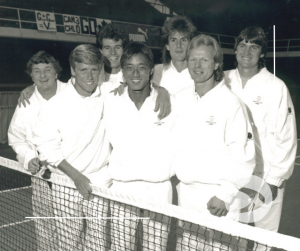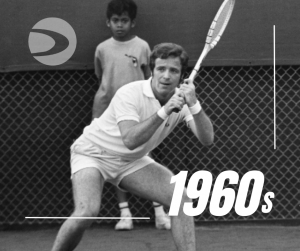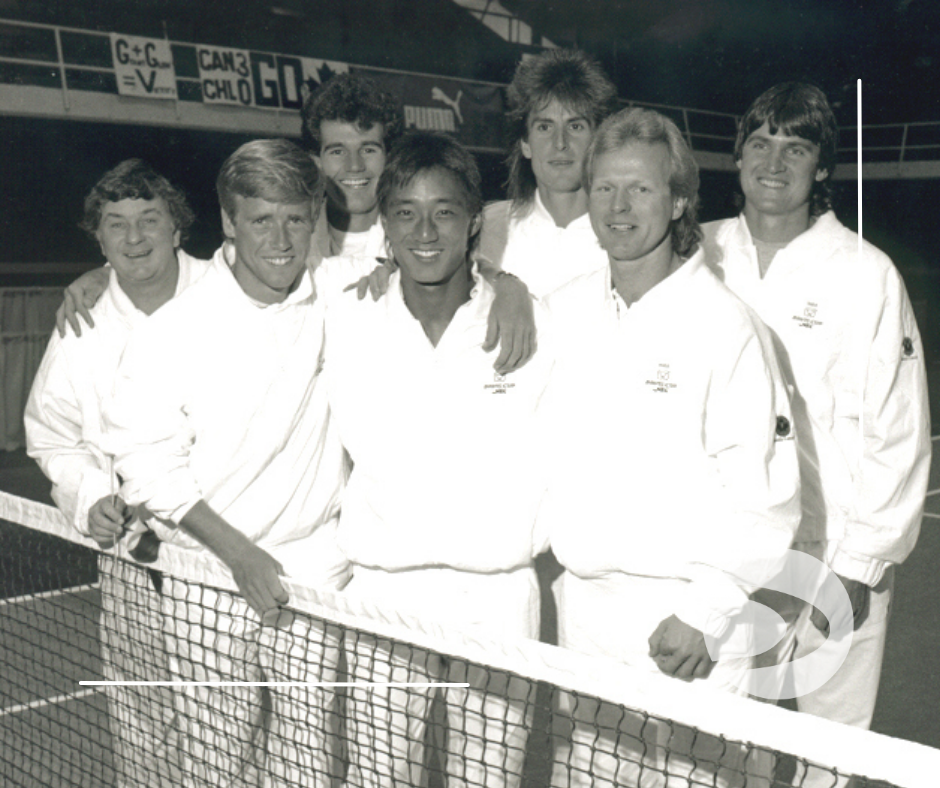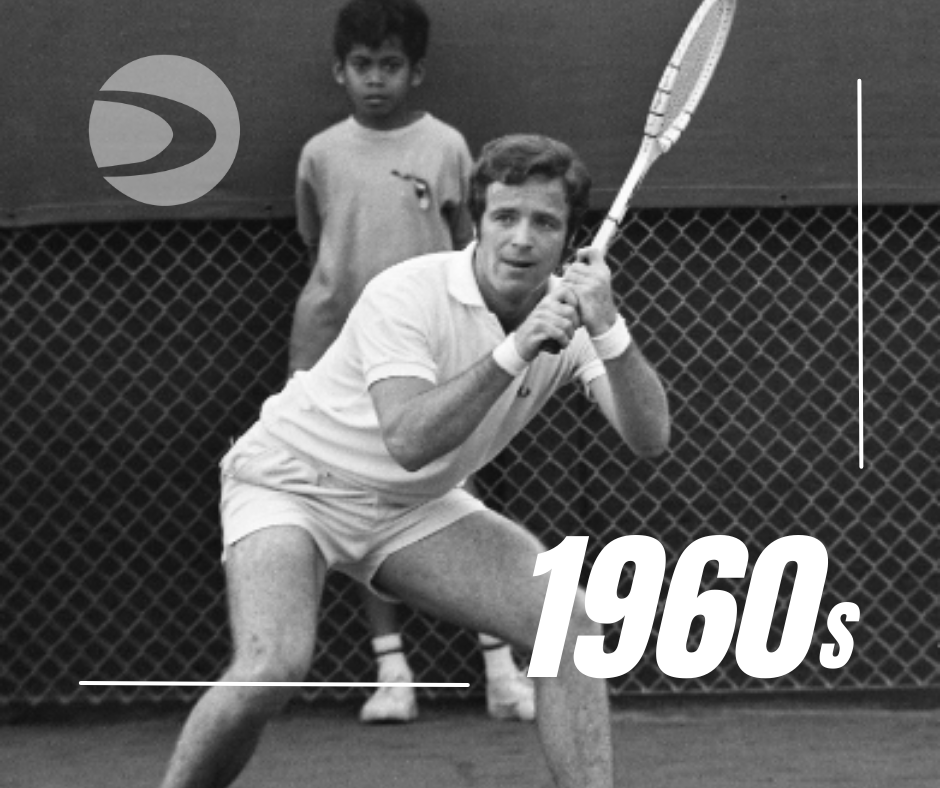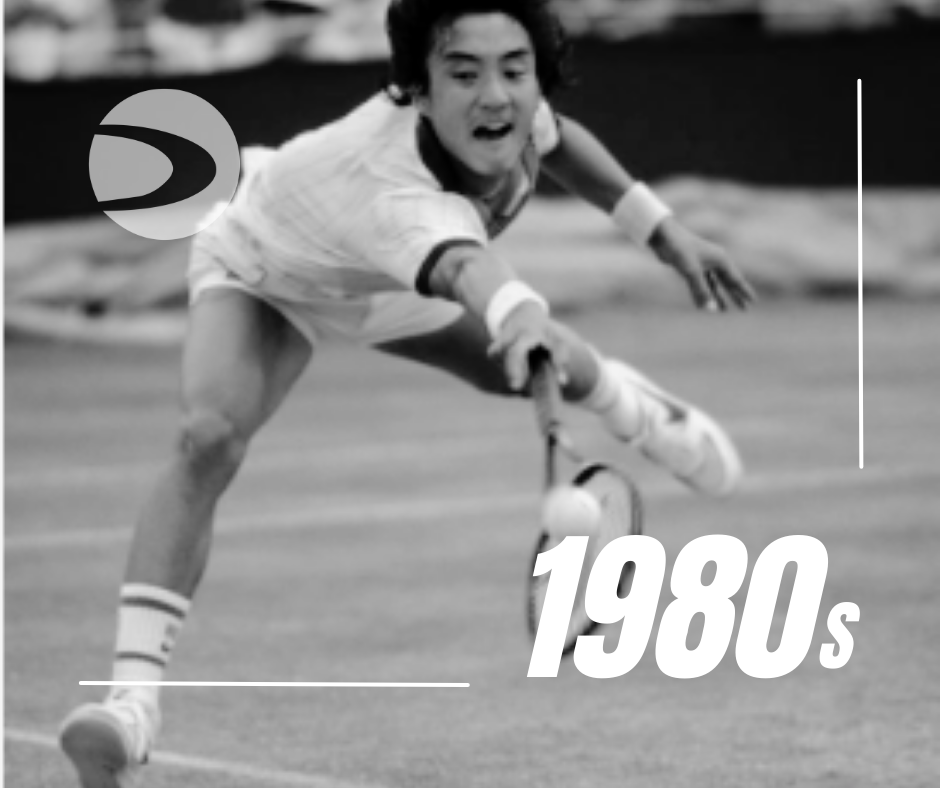Editor’s Note: As Senior Director of Facilities Development at Tennis Canada, she occupies a position which could determine the future of tennis in our country. Anita leads facility development projects at both the grassroots and high-performance levels across the country.
Prior to joining Tennis Canada, Anita was the Assistant Dean of Co-Curricular Physical Activity and Sport at the University of Toronto’s Faculty of Kinesiology and Physical Education. She was instrumental in building key sport infrastructure at U of T in preparation to host the 2015 Pan & Parapan America Games. She has also sat on numerous federal/provincial sport committees and has held multiple sport development positions within the Government of Ontario including the Director of Sport and Recreation in the former Ontario Ministry of Health Promotion and Sport. With over two decades of sport and recreation experience, Anita has been on the leadership team for multiple Canada Games Mission Teams, as well as Team Canada Mission Teams for Commonwealth and Paralympic Games. She currently sits on the Board of Directors for the Canadian Sport Institute – Ontario and the Ontario Sport Network.
OC: Anita, can you give our readers an understanding of the number of tennis courts in Canada, how many offer year-round play, and how it compares to other countries?
- We could put a link to specific documents that relate to the numbers, would be of interest to general public
- Our research indicates there are approximately 7500 publicly accessible tennis courts in Canada and only 750 of those courts (or 10%) are covered for year-round play.
- This amounts to approximately one indoor court for every 50,000 Canadians. When compared with other countries, our ratio is abysmal. The US, France, Sweden, and Germany all have a much smaller ratio of indoor courts per person (US- 1:29,000 / FRA – 1:7,000 / SWE-1:12,000 / GER-1:16,000).
- In Canada, 60% of indoor courts are located in the Greater Toronto, Montreal & Vancouver areas – despite these areas making up only 35% of Canada’s population.
- In Canada, due to our harsh winters and/or rain or other inclement weather, 90% of our courts are outdoor courts and they are not playable 50-75% of the year.
OC: Tennis Canada created the great initiative of providing seed money through Rogers Communications. Has this announcement created major interest?
- Since launching this program in 2021, the interest in this program has been outstanding. We have had contact from municipalities in every province and two territories to learn more about the program and to engage us to help them plan for creating a year-round project. The first week we announced the program we heard from 34 municipalities.
- Tennis Canada is fortunate to have a partner like Rogers to help with this program. We were able to secure $5.6 million in funding to create the Year-Round Community Tennis Courts Program presented by Rogers. Municipalities and community partners can apply for up to $200,000 in seed money to kick start their year-round tennis project.
- In 2021, we announced the first four projects that received $200k in capital funding from the program. Over the next seven years, we are determined to install at least 160 new year-round courts across the country – finally driving supply to catch up to demand, even if only partially. For anyone who would like to see year-round tennis in their community, we have developed a resource to guide you or your municipality through the process, it can be found at tenniscanada.com/facilities.
OC: Once there is interest, what do you feel is necessary to translate this into an actual project?
- The projects that have had success have engaged community volunteers; city councillors; municipal staff and community corporate partners to realize success.
- Each project is unique, but the common ingredients for success include strong municipal support and/or funding; strong project leadership; community engagement; and successful fundraising.
- Tennis Canada and its Provincial/Territorial Associations have developed tools and resources to support anyone interested in bringing a project to their community. There is flexibility with the ownership and operating models used for these projects to meet the needs of each community.
OC: Do you believe all provinces are in need of covered courts?
- Yes, I believe all provinces are in need of year-round courts. Our country’s land mass is huge, our weather and climate vary from coast to coast to coast, however, regardless of whether you are in Victoria, BC; Victoria Island, NT/NU; or Victoria, PEI, tennis can be an accessible, multi-generational and fun physical activity for all.
- Our research indicates that there is a deficit of accessible, playable public courts across the country and often locations with high population density are in need of more year-round tennis courts to service their communities. Currently, 60% of our courts sit in the countries 3 largest cities where there continues to be demand for year-round access to courts.
OC: After Covid, provincial tennis associations have found themselves in a difficult situation to operate tournaments not only in the winter but also summer. Do you agree and what would you see as alternatives?
- This is true. The majority of tennis facility operators, whether public or private, have indicated an increase in tennis participation and the new participants are staying in the sport. While this is great news for tennis participation, it also means there is less court availability to book full days and weekends for provincial tournaments.
- I am working with every Provincial/Territorial Tennis Association to support their plans for a community tennis centre that would serve the needs of the community while also creating much needed court time for provincial tournaments, coach education and athlete training. These community-serving tennis facilities are generally 6-8 year-round courts that can service the growing demand for community tennis while also enabling important tennis tournaments for youth to take place close to home.
OC: What do you feel the general tennis playing public should do to ensure the long term well being of our game?
We have seen a surge in tennis interest, including participation and spectatorship. I think those that love tennis should share their love of the game with their communities, friends, and families and most importantly… their elected officials. Let it be known that they would love to see more publicly accessible year-round tennis in their communities. Installing more tennis domes will give aspiring tennis players a chance at achieving the success other Canadians such as Félix Auger-Aliassime, Leylah Annie Fernandez, Denis Shapovalov or Bianca Andreescu have enjoyed.
Our most recent study, conducted in 2018, confirmed that 51 per cent of Canadians would play more tennis if there was a year-round court nearby. That number jumps up to 90 per cent for Canadians who play tennis at least four or more times per year. In addition, 23% of tennis players were born outside of Canada and tennis is identified among the top 3 sports for new Canadians. Considering the growing demand, new year-round courts represent a great return on investment from a public health policy perspective as well as a business proposition. These facilities will be very busy places.

